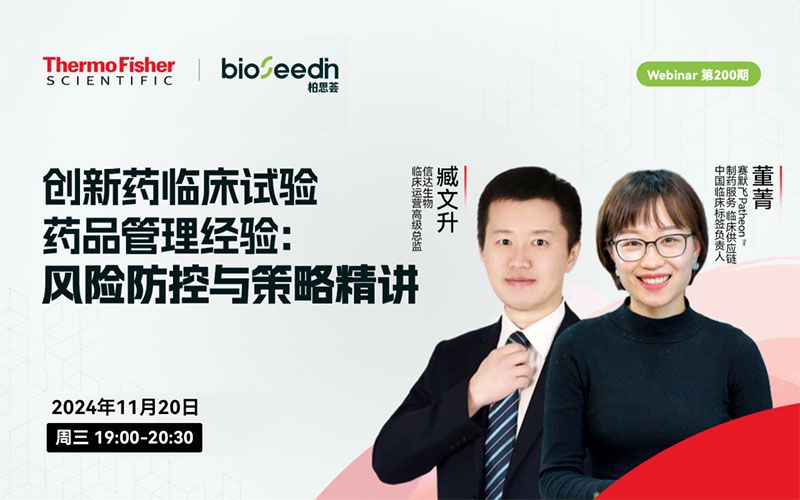分子别名(Synonym)
ANGPT2,AGPT2,ANG2,Angiopoietin-2
表达区间及表达系统(Source)
Human Angiopoietin-2, His Tag (AN2-H52H4) is expressed from human 293 cells (HEK293). It contains AA Tyr 19 - Phe 496 (Accession # O15123-1).
Predicted N-terminus: Tyr 19
Request for sequence
蛋白结构(Molecular Characterization)

This protein carries a polyhistidine tag at the C-terminus.
The protein has a calculated MW of 56.8 kDa. The protein migrates as 65-80 kDa under reducing (R) condition (SDS-PAGE) due to glycosylation.
内毒素(Endotoxin)
Less than 1.0 EU per μg by the LAL method.
纯度(Purity)
>95% as determined by SDS-PAGE.
制剂(Formulation)
Lyophilized from 0.22 μm filtered solution in 20 mM MOPS, 150 mM NaCl, pH7.5 with trehalose as protectant.
Contact us for customized product form or formulation.
重构方法(Reconstitution)
Please see Certificate of Analysis for specific instructions.
For best performance, we strongly recommend you to follow the reconstitution protocol provided in the CoA.
存储(Storage)
For long term storage, the product should be stored at lyophilized state at -20°C or lower.
Please avoid repeated freeze-thaw cycles.
This product is stable after storage at:
- -20°C to -70°C for 12 months in lyophilized state;
- -70°C for 3 months under sterile conditions after reconstitution.
电泳(SDS-PAGE)

Human Angiopoietin-2, His Tag on SDS-PAGE under reducing (R) condition. The gel was stained with Coomassie Blue. The purity of the protein is greater than 95%.
活性(Bioactivity)-ELISA

Immobilized Human Angiopoietin-2, His Tag (Cat. No. AN2-H52H4) at 2 μg/mL (100 μL/well) can bind Human TIE2, Fc Tag (Cat. No. TI2-H5255) with a linear range of 1-39 ng/mL (QC tested).
Protocol
背景(Background)
Angiopoietin-2 is also known as ANGPT2, AGPT2, ANG2, and is a secreted glycoprotein that plays a complex role in angiogenesis and inflammation. Ang2 is widely expressed during development, but it is restricted postnatally to highly angiogenic tissues such as the placenta, ovaries, and uterus. It is particularly abundant in vascular endothelial cells (EC) where it is stored in intracellular Weibel Palade bodies. Both Ang2 and the related Angiopoietin1 (Ang1) are ligands for the receptor tyrosine kinase Tie 2. Ang2 functions as a proangiogenic factor, although it can also induce EC death and vessel regression. Upon its release from quiescent EC, it regulates vascular remodeling by promoting EC survival, proliferation, and migration and destabilizing the interaction between EC and perivascular cells. Ang2 is required for postnatal vascular remodeling, and it cooperates with Ang1 during lymphatic vessel development. It mediates the upregulation of ICAM1 and VCAM1 on EC, which facilitates the adhesion of leukocytes during inflammation. Ang2 competitively inhibit Ang1-induced endothelial cell responses mediated by Tie2, and reduces vascular integrity. But the role of Ang2 is controversial since the opposite outcomes has been reported in other studies. Over-expression of Ang2 disrupts the vascular remodeling, induce endothelial cell apoptosis, and may play an important regulating role in tumor angiogenesis. Ang2 also promotes the neuronal differentiation and migration of subventricular zone progenitor cells.






















































 膜杰作
膜杰作 Star Staining
Star Staining












